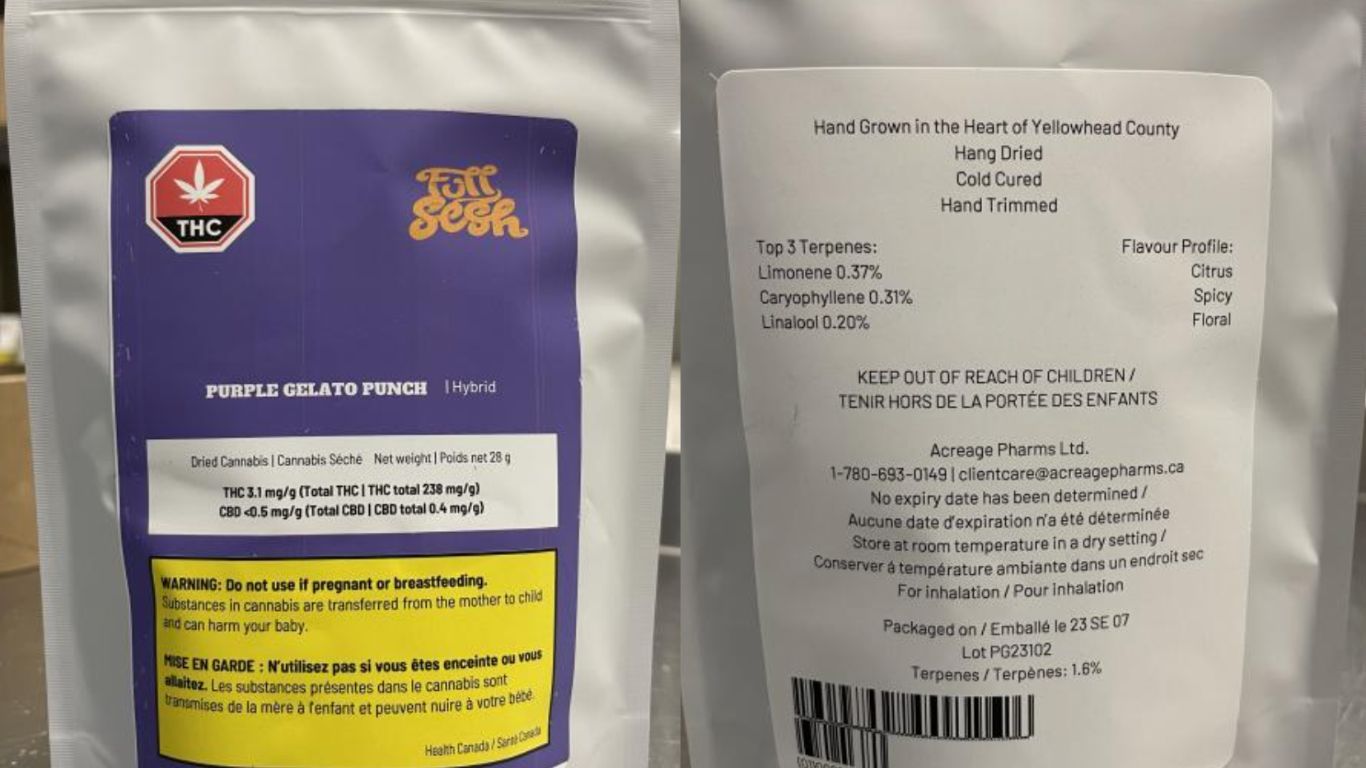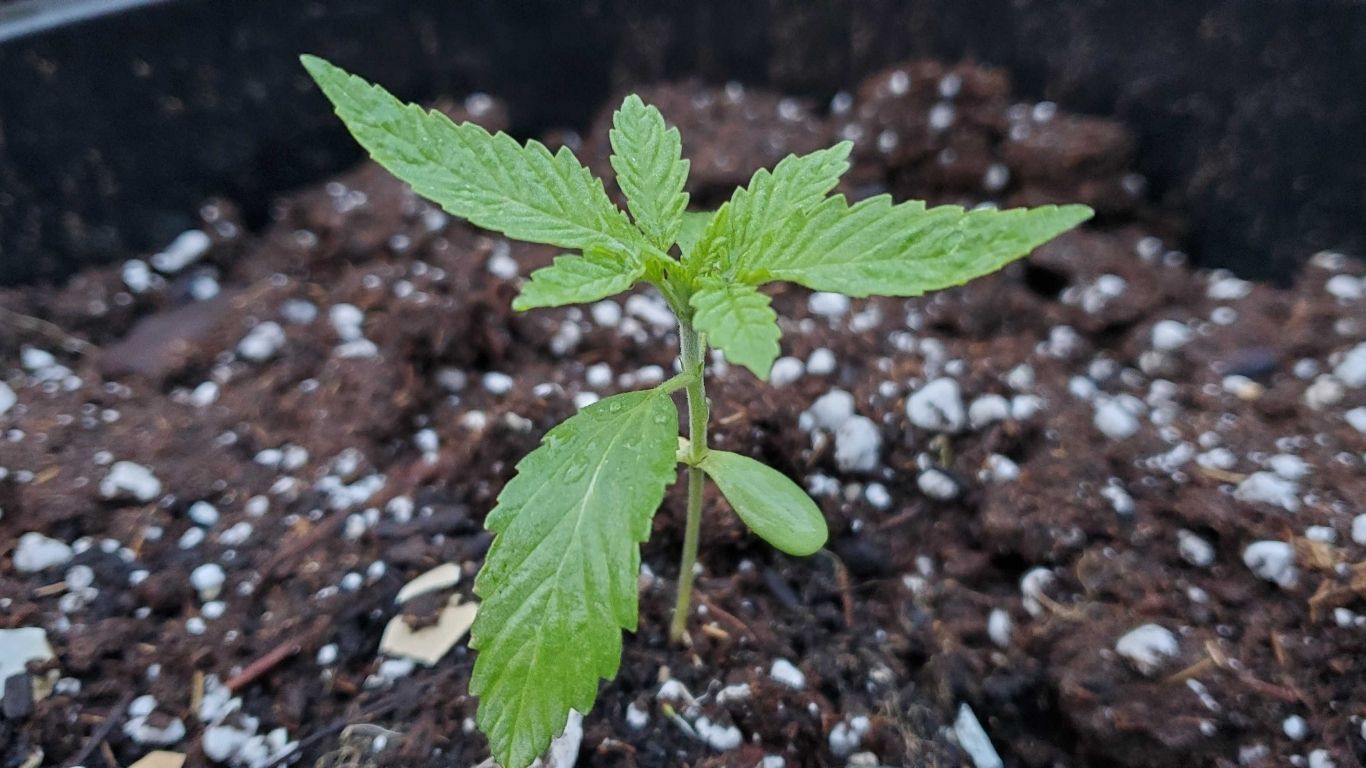
Higher levels of β-myrcene produce elevated levels of HPHCs during dabbing, but higher β-myrcene levels in SCO lead to lesser degradation and lower HPHC release for vaping.
A recent study from researchers in the US looking at how THC and terpenes behave when dabbing or used in a vape cart shows that terpenes have a significant impact on aerosolization in both dabbing and vaping.
The study looked specifically at how different ratios of Δ9-tetrahydrocannabinol (THC) and β-myrcene (Beta myrcene) in cannabis concentrates and vaping solutions interacted with each other and when heated, and how those factors related to potentially harmful components (HPHCs).
With an understanding that THC and terpenes have previously been shown to emit volatile degradation products when vaporized, researchers looked at what kinds of volatile organic compounds (VOCs) and HPHCs are produced specifically from vaping, and how they differ from those created by combustion. Those potentially harmful components are primarily isoprene, 2-methyl-2-butene, 3-methylcrotonaldehyde, and 3-methyl-1-butene.
What researchers found was that the various levels of these harmful compounds are dependent on not only the ratio of β-myrcene to THC, but also the force of an inhalation and the amount of heat generated when a dab nail was used. An increased ratio of β-myrcene to THC was found to produce higher levels of harmful compounds due to increased reactivity of β-myrcene relative to THC.
However, when looking at various ratios of myrcene to THC in a vape cart solution, an increase in the ratio of β-myrcene to THC was found to correlate with less formation of harmful compounds.
The study also notes that while exposure to terpenes at normal, naturally-occurring concentrations in the air does not generally cause significant lung irritation for humans. The impact of inhaling these products at concentrations orders of magnitude greater than in indoor air has not been thoroughly investigated.
“We were able to demonstrate this elevated level of isoprene and 2-methyl-2-butene was coming from the terpene,” explains Jiries Meehan-Atrash, the lead researcher on the project and a Postdoctoral Researcher University of Rochester Medical Center. “So with dabbing, when you have more terpenes, you have more degradation products because those terpenes are more fragile.”
Although Meehan-Atrash is currently with the University of Rochester, his work on this research paper was done with Portland State University.
“With vaping, different things are happening. You’re vaping liquids in the cartridge. As power is applied to the coil it increases in temperature until you get to the boiling point where it makes an aerosol. So if you have a mixture with a higher boiling point, you’re going to be vaping at a higher temperature. As you have more terpenes, the boiling point will be lower….So that mixture is going to have a lower boiling point, and therefore less degradation products.”
Meehan-Atrash cautions that there is still a need for more research looking into the health impacts of these types of vaping products, and hopes his research can help guide more in-depth studies on the subject in the future.
The full study can be read here: https://pubs.rsc.org/en/content/articlelanding/2021/RA/D1RA00934F#cit5












